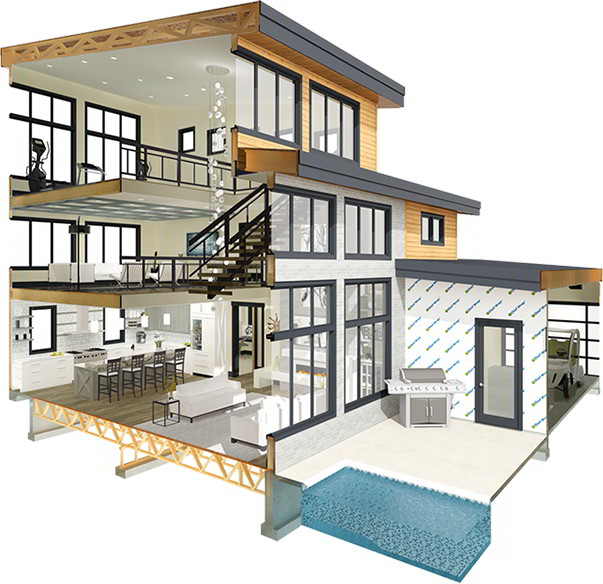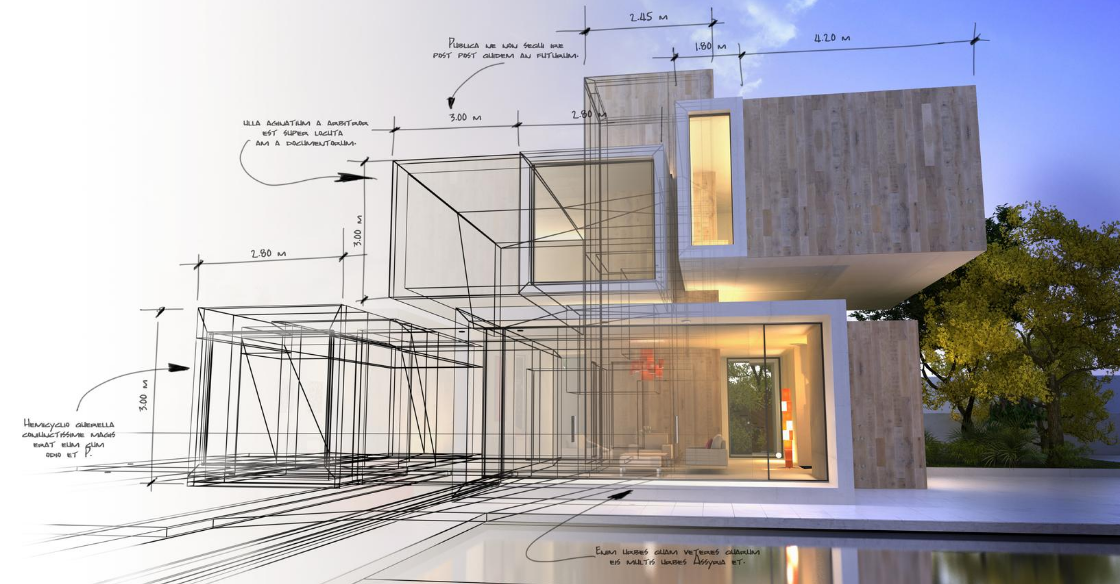The Crucial Duty of an Architect in Shaping Lasting Urban Settings for Future Generations
The duty of a designer in crafting lasting metropolitan atmospheres is increasingly critical in replying to the challenges of environment modification and urbanization. By effortlessly incorporating environmental concepts into their layouts, designers not just improve the visual and practical quality of metropolitan areas yet also address pressing concerns such as power efficiency and social equity. Their know-how in ingenious products and area engagement shapes advancements that reverberate with neighborhood worths and ambitions. Nonetheless, as we discover the complexities of this field even more, it comes to be noticeable that the future of metropolitan living may rest on the actual techniques engineers use today.
Comprehending Lasting Urban Layout
Sustainable city style incorporates environmental concepts with urban planning to produce atmospheres that are not only habitable but also resilient. This technique emphasizes the significance of integrating all-natural systems into the urban textile, ensuring that growth fulfills the requirements of the existing without compromising the ability of future generations to satisfy their very own requirements. Secret aspects of sustainable urban design include effective land usage, the promotion of biodiversity, and the combination of eco-friendly spaces, all of which add to boosted lifestyle for citizens.
Additionally, sustainable city design focuses on the decrease of the metropolitan warm island effect, improved air top quality, and effective stormwater monitoring. It encourages making use of renewable energies and energy-efficient structure methods, which substantially lower carbon footprints. Sustainable metropolitan layout fosters social equity by creating available public rooms and promoting mixed-use developments that cater to diverse populations.
With thoughtful preparation and ingenious style strategies, sustainable metropolitan atmospheres can boost community resilience against environment change while promoting financial growth. This alternative strategy not just addresses instant city challenges yet also prepares for much healthier, a lot more sustainable cities for generations to come.
Key Duties of Engineers
Designers play a pivotal duty fit lasting city environments by converting design principles right into concrete frameworks and spaces. Their responsibilities incorporate a wide range of tasks that add to the general success of metropolitan design projects.
First and foremost, architects conduct extensive website evaluations to recognize the environmental, social, and cultural context of their tasks. This foundational knowledge educates their style decisions, ensuring that structures balance with their surroundings. They additionally engage in collaborative procedures with stakeholders, consisting of city coordinators, designers, and the neighborhood, promoting an inclusive strategy to urban development.
In addition, designers are tasked with producing designs that optimize energy efficiency, resource preservation, and functionality. They have to stick to local zoning regulations, constructing codes, and sustainability certifications, making sure compliance while pressing the limits of development.
In addition, architects are accountable for handling the style process, collaborating with various professionals throughout the building and construction phase to make sure that the vision is recognized properly (cda architects). Ultimately, their function is not only regarding looks; it is concerning producing resilient, flexible areas that boost the high quality of life for existing and future generations, preparing for sustainable city living
Ingenious Products and Techniques

Furthermore, developments in technology have led to the growth of high-performance products, such as insulated concrete kinds (ICFs) and photovoltaic or pv glass, which add to power conservation and harness renewable energy. Strategies such as passive solar style and eco-friendly roofing systems further exhibit how style can balance with natural systems, lowering reliance on fabricated heating and air conditioning.
Additionally, the assimilation of smart products, which adapt to ecological changes, offers promising avenues for enhancing structure performance. These products can react to temperature level fluctuations or moisture levels, maximizing comfort and sustainability.
Ultimately, the tactical selection and application of ingenious products and techniques equip architects to produce city spaces that are not just functional and cosmetically pleasing yet additionally durable and eco liable, guaranteeing a sustainable future for generations to find. cda architects.
Area Engagement and Cooperation
The success of cutting-edge materials and techniques in lasting city design is substantially boosted by active area involvement and cooperation. Engineers have to identify that the constructed atmosphere exceptionally impacts the lives of regional residents, making it vital to entail them in the design procedure. Engaging the community fosters a sense of possession and responsibility, ensuring that growths not just meet visual and practical needs yet likewise reflect the worths and ambitions of those who populate them.

Successful area involvement also helps in focusing on social equity within urban Visit Your URL growth. By considering the voices of marginalized populations, designers can produce areas that are inclusive and fair. This way, area engagement and collaboration become important to attaining absolutely sustainable city environments that serve the demands of existing and future generations.
Future Patterns in Sustainable Style
An arising focus on adaptive reuse and circular economic situation concepts is readied to redefine the landscape of sustainable design. As cities face raising populace thickness and ecological obstacles, architects are significantly turning to techniques that enhance existing frameworks instead than seeking new builds. This approach not only preserves cultural heritage but additionally significantly lowers source usage and waste.
In addition, advancements in innovation are shaping useful link future trends in sustainable design. The assimilation of clever materials and structure systems enables real-time power management, enhancing effectiveness and minimizing carbon impacts. Technologies such as environment-friendly roofings, living walls, and energy-generating facades are becoming basic techniques, additionally advertising ecological equilibrium within urban settings.
Additionally, a change towards biophilic design is getting traction, emphasizing the link in between nature and human well-being. By integrating natural environments, architects produce rooms that cultivate psychological wellness while promoting biodiversity.
Final Thought
Finally, engineers are critical ahead of time sustainable metropolitan settings with their competence in layout, innovative materials, and area involvement. By prioritizing energy performance and source conservation, these experts add to the production of durable city rooms that meet the requirements of existing and future generations. The assimilation of ecological concepts not only boosts livability but additionally promotes social equity, making sure developments reverberate with the values and desires of the neighborhoods they offer.
Comments on “Discover Ingenious Designs with Leading CDA Architects for Your Next Task”